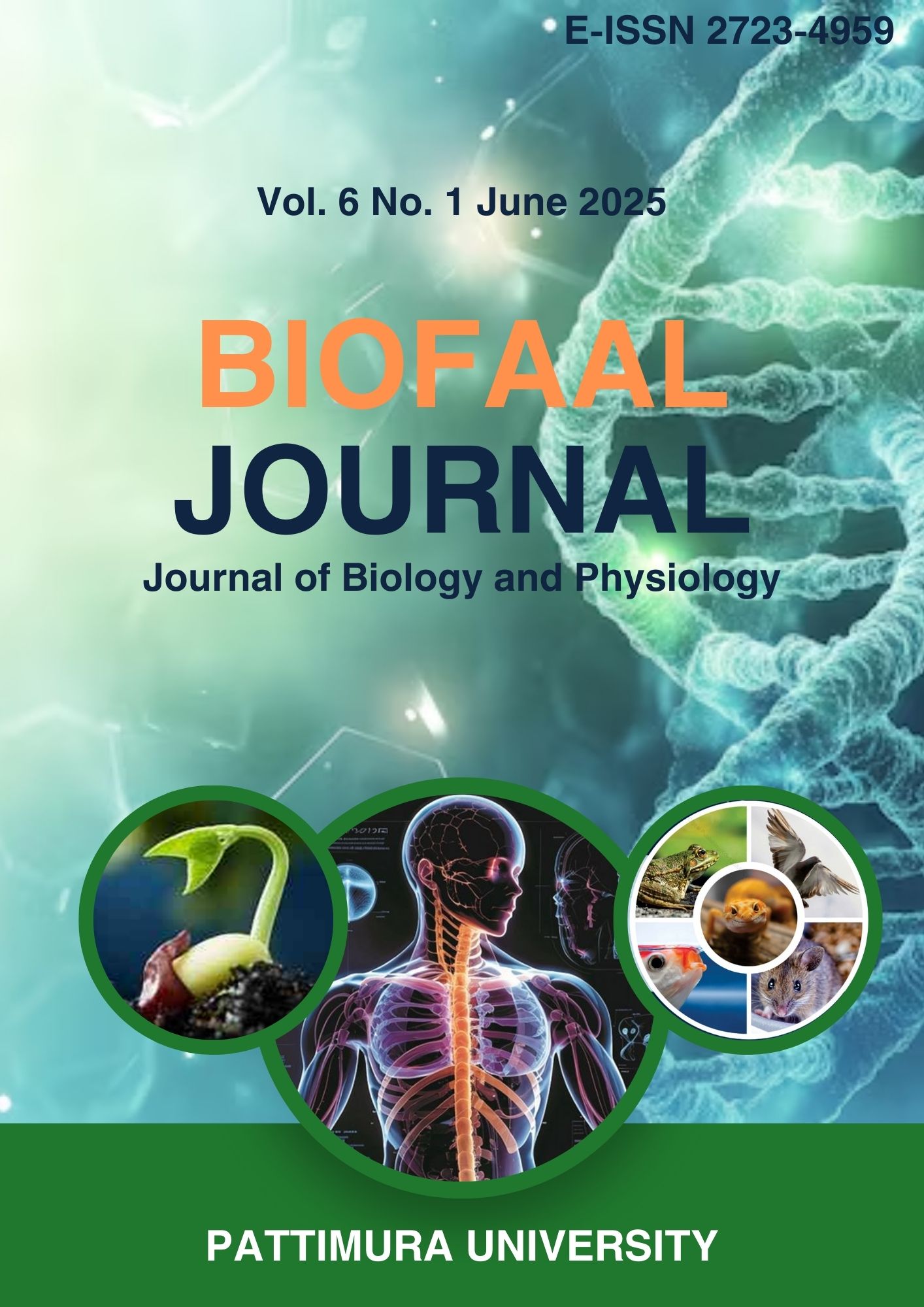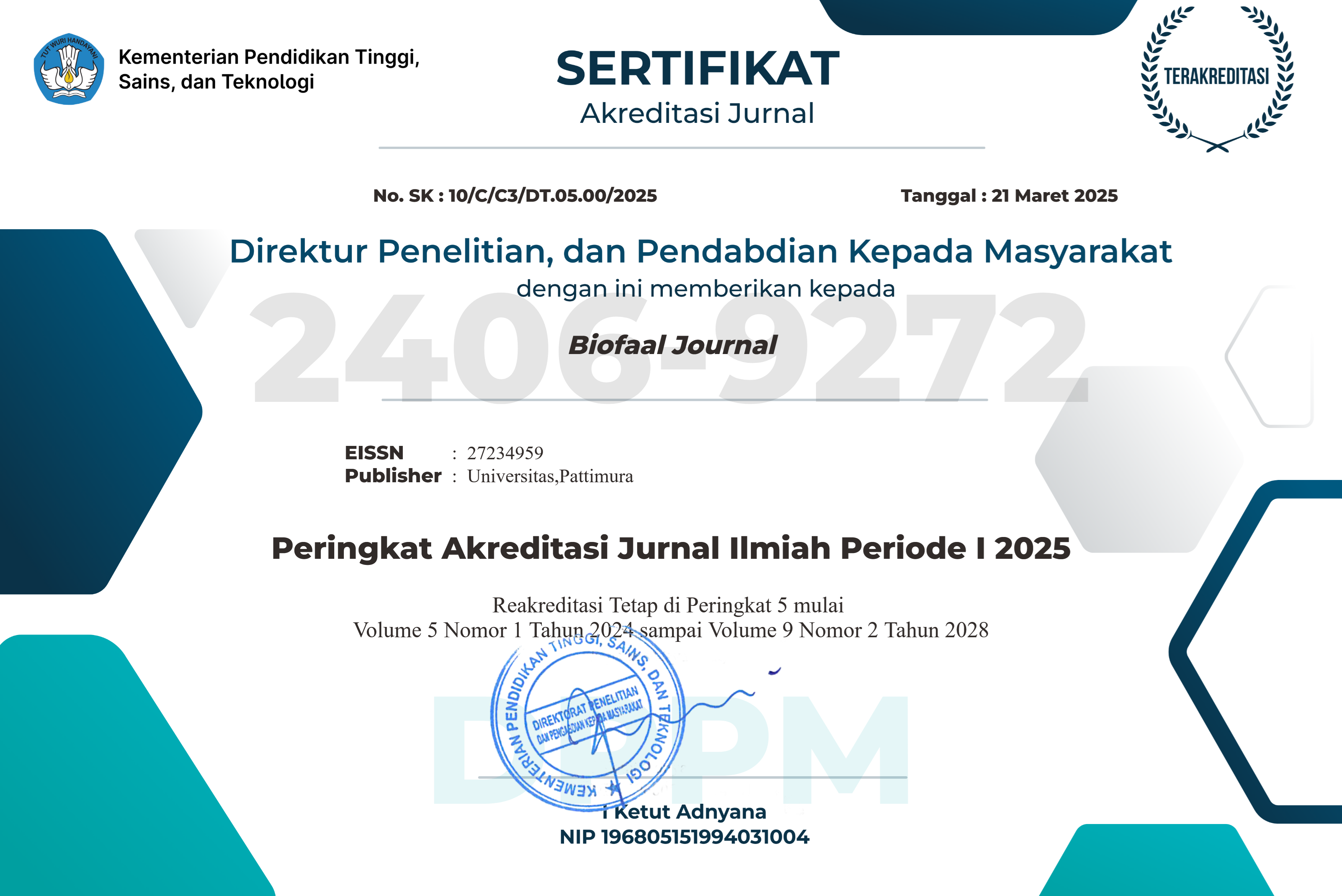A Case Report on Internal Bleacing of a Discolored Central Incisor Using 35% Hydrogen Peroxide
Abstract
A patient presented with tooth discoloration due to trauma, which had caused a tooth to become non-vital. Such trauma can damage the pulp tissue, eventually leading to necrosis and discoloration over time. In cases like this, internal bleaching is a treatment procedure aimed at improving the color of non-vital teeth. Discoloration of teeth after endodontic treatment often raises concerns for both patients and dentists. Whitening the tooth after root canal treatment is important to restore its original color before a permanent restoration is placed. The objective of this report is to present the successfull outcome of internal bleaching in patient who had undergone root canal treatment en years earlier. A 39-year-old male presented with a complaint of discoloration in the right maxillary central incisor. The patient had a history of root canal treatment on the tooth performed ten years prior. Radiographic examination confirmed that tooth 11 had undergone root canal treatment. Internal bleaching was performed on tooth 11, which appeared darker than the adjacent teeth. Whitening was carried out using 35% hydrogen peroxide. By the fourth visit (one week after the third application), the tooth color had changed to shade D3, which matched the desired color. This indicated a significant improvement in shade. Internal bleaching using 35% hydrogen peroxide resulted in color enhancement consistent with patients expectations. The treatment proved effective in restoring the esthetics of a non-vital tooth discolored due to trauma.
Downloads
Copyright (c) 2025 Aryo Sutowijoyo, Prima Nerito

This work is licensed under a Creative Commons Attribution-NonCommercial-ShareAlike 4.0 International License.
1. Author retain copyright and grant the journal right of first publication with the work simultaneously licensed under a creative commons attribution license that allow others to share the work within an acknowledgement of the work’s authorship and initial publication of this journal.
2. Authors are able to enter into separate, additional contractual arrangementfor the non-exclusive distribution of the journal’s published version of the work (e.g. acknowledgement of its initial publication in this journal).
3. Authors are permitted and encouraged to post their work online(e.g. in institutional repositories or on their websites) prior to and during the submission process, as it can lead to productive exchanges, as well as earlier and greater citation of published works.








